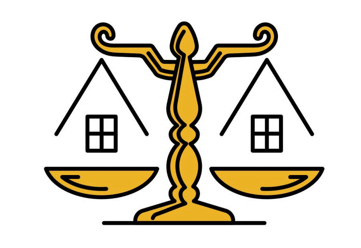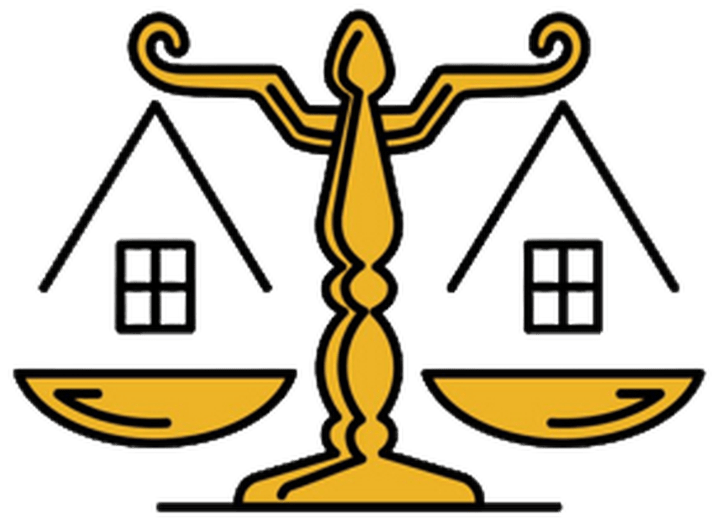Ultimate Guide: The Process of Making Law in Nigeria Explained
Introduction
The process of making law in Nigeria is a structured and multi-stage procedure that ensures laws are carefully crafted, debated, and enacted in line with constitutional principles. Lawmaking is a fundamental function of the legislative arm of government, primarily undertaken by the National Assembly at the federal level and the State Houses of Assembly at the state level. Understanding this process is crucial for legal practitioners, policymakers, and even the average citizen, as it determines how policies are formalized into binding regulations that govern societal conduct. This article provides an in-depth look at the Nigerian law-making process, the various stages involved, and the role of key stakeholders. Most modern governments have three interdependent arms, namely the Executive, the Judiciary, and the Legislature. The Executive arm is responsible for implementing the laws made by the Legislature and enforcing same, the Legislature is responsible for making the laws, and the Judiciary is responsible for interpreting the law. This is what obtains both at the Federal level and the state level in Nigeria. The President of the Federal Republic of Nigeria is in head of the executive arm of government at the federal level. The Senate President is in charge of the National Assembly, which is a bicameral legislature made up of the Senate and the House of Representatives. The Governor of the State, the Speaker of the State House of Representatives, and the Chief Judge of the State’s High Court are each in charge of the executive, legislative, and judicial branches of government respectively at the state level. Each arm of government has its own duties and obligations in the performance of its constitutional role and must work together for the good government, peace and progress of the country. This article is an explanation of the law-making process at the National Assembly (NASS) and the stages each Bill must go through before it eventually becomes law.
Under Section 4 (1) of the 1999 Constitution of the Federal Republic of Nigeria (as amended)1 (the “Constitution”), the NASS is vested with the legislative powers of the Federal Republic of Nigeria. That is the power to make laws for the peace, order, and good government of the Federation with respect to any matter included in the Exclusive Legislative List2 and the Concurrent List, – a list of 12 items that both NASS and States’ house of Assembly can legislate on. This legislative power is typically exercised through Bills4 passed by the NASS which are assented to by the President.5 Bills generally come in two forms – either a Private Bill which affects private citizens, corporate entities and/or a particular class of people or Public Bills which affect the general public. A Bill can be introduced into either chamber of the NASS) by members of the respective chambers or the Executive arm of government.
A Bill must go through the following steps in either chamber of the NASS before it becomes law:
Presentation and first reading; Second reading; Committee stage; Third Reading and Passage; and finally Assent by the President.
PRESENTATION AND FIRST READING
As soon as the Clerk obtains a copy of the Bill, he or she is required to notify the members of the appropriate chamber. In the case of a Public Bill, the Clerk is required to publish a copy of the Bill in the Official Gazette and send a copy to each member of the relevant chamber. In the case of a Private Bill, the sponsoring member must move a motion to request the permission of the Senate President (or the Speaker of the House, as applicable) to present the Bill and publish it in two (2) successive issues of the Official Gazette. Each member of the relevant chamber must get a copy of the first issue following its publication. The Clerk presents the Bill(s) to the Speaker of the House of Representatives8 or the President of the Senate7, depending on which chamber the Bill is being presented in, after reading the short title6 and briefly stating what the Bill(s) seeks to accomplish. Legislators are just informed of the introduced Bill(s) during the first reading stage. Currently, there are no conversations or disagreements.
SECOND READING
The Bill’s merits are argued and discussed at the second reading stage. The procedure starts when the bill’s sponsor makes a motion to read the legislation a second time. The member would make the argument for why the Bill should be passed into law in this motion by highlighting the Bill’s goal, its overarching concept, and its advantages. To proceed to second reading, the said motion must be supported [seconded] by another legislator in the relevant chamber. Where the motion is not seconded, it is considered rejected and will not proceed to second reading. Once the motion has been moved and supported, the Bill is debated by members of the chamber and thereafter put to a vote on whether it should proceed to the Committee Stage. If a simple majority of members in the relevant chamber support the Bill, it proceeds to the Committee Stage for further consideration, if not, the Bill cannot be debated again until same is re-introduced later.
COMMITTEE STAGE
The Bill is referred to the appropriate Standing Committee(s) of the appropriate parliament after second reading. During the committee stage, the committee works to improve the bill and may schedule public hearings to involve the general public and important stakeholders. The Committee(sjob )’s is to present any recommendations, changes, or ideas to the Bill to the appropriate chamber for further consideration. The Chairperson of the Selected Committee would give an update on the Bill’s development, and then the chamber, via the Committee of the Whole, would further consider the Bill. A motion for a third reading of the bill may be approved following this stage.
THIRD READING AND PASSAGE
At the third reading stage, the Bill is read again, and members vote to pass same.9 At this point, a clean copy of the Bill containing all the amendments will be produced and signed by the Clerk and either the Speaker of the House of Representatives or the Senate President after which the endorsed Bill is forwarded to the Clerk of the other chamber with a message requesting its concurrence, that is approval by the other chamber. The receiving chamber may accept the proposed legislation as received, at which point it will communicate its concurrence without amendments. However, if it disagrees with the contents of the Bill from the original chamber or tries to alter them, the Senate President and the Speaker must form a separate Harmonization/Conference Committee to work out the differences on the Bill. The harmonization committee normally consists of representatives from both chambers, and its duty is to suggest a unified stance that can be approved by both legislatures.
ASSENT OR VETO
The Clerk of the originating chamber will generate a clean copy of the harmonized Bill after both chambers have approved the Harmonization Committee’s report for transmission to the President for assent. A bill is not enacted into law until the President signs it. The President has thirty (30) days from the time the bill is received to either adopt, veto, or reject the law at the assent stage. If the President issues a veto or fails to do so within the allotted time, the NASS may override it by a two-thirds vote of each chamber to enact the legislation. 10 Without the President’s consent, the bill is now enacted into law.
NB: This article is not a legal advice, and under no circumstance should you take it as such. All information provided are for general purpose only. For information, please contact chamanlawfirm@gmail.com
WRITTEN BY CHAMAN LAW FIRM TEAM
EMAIL: chamanlawfirm@gmail.com
TEL: 08065553671, 08024230080


